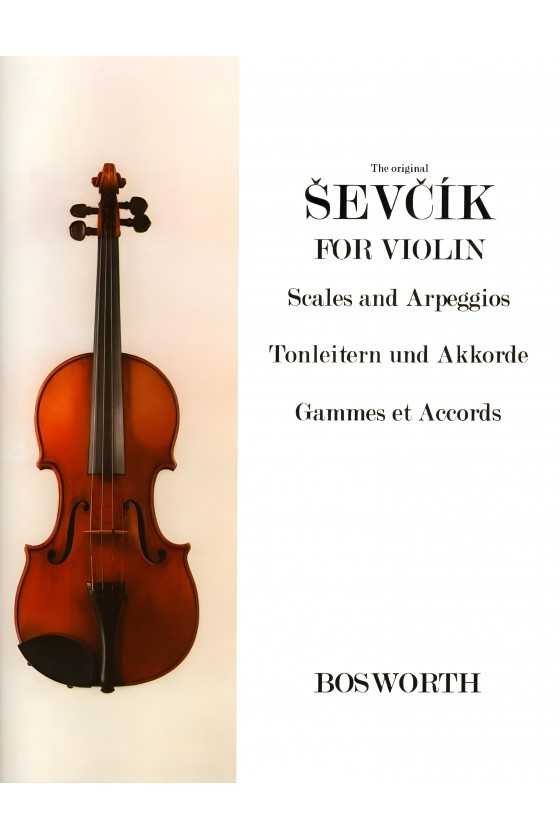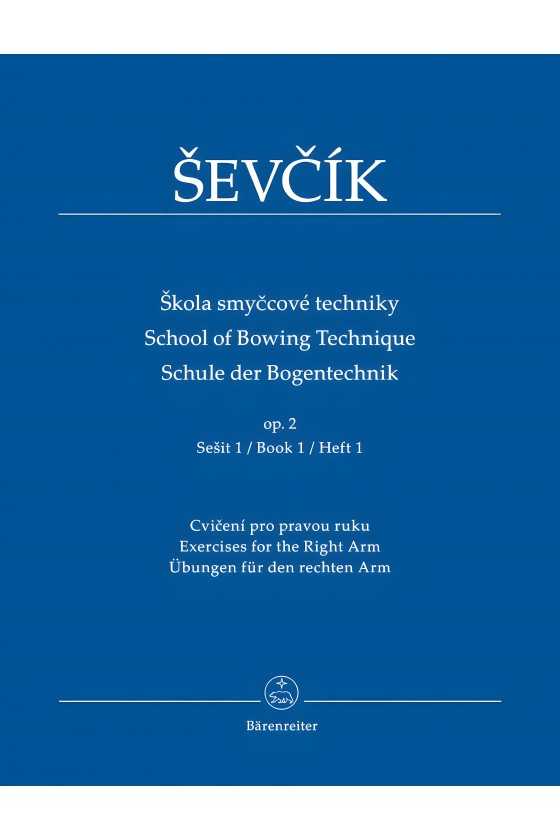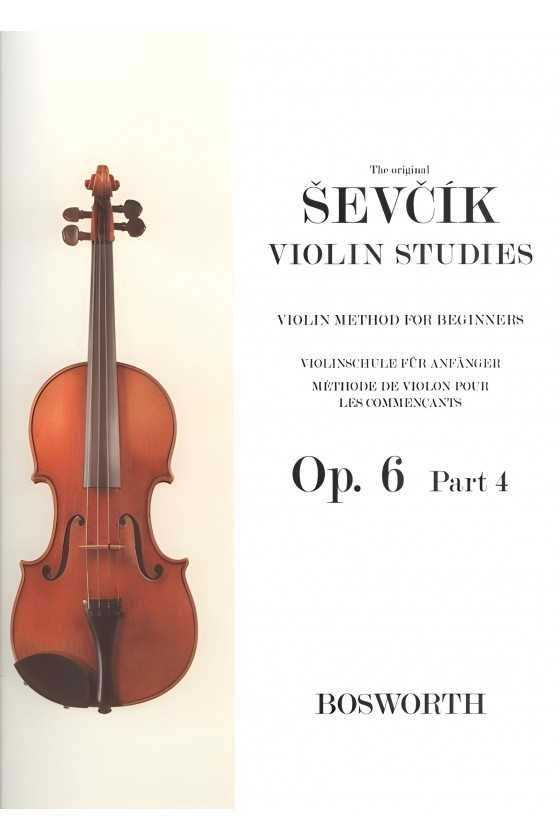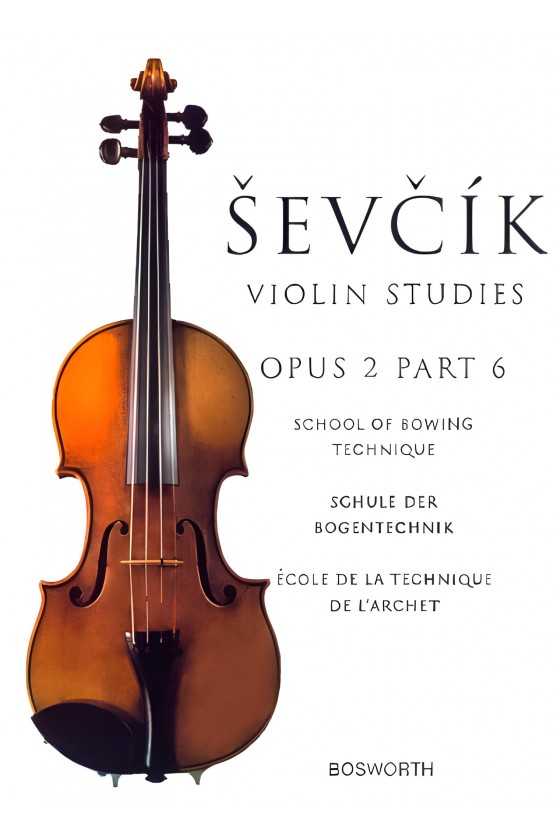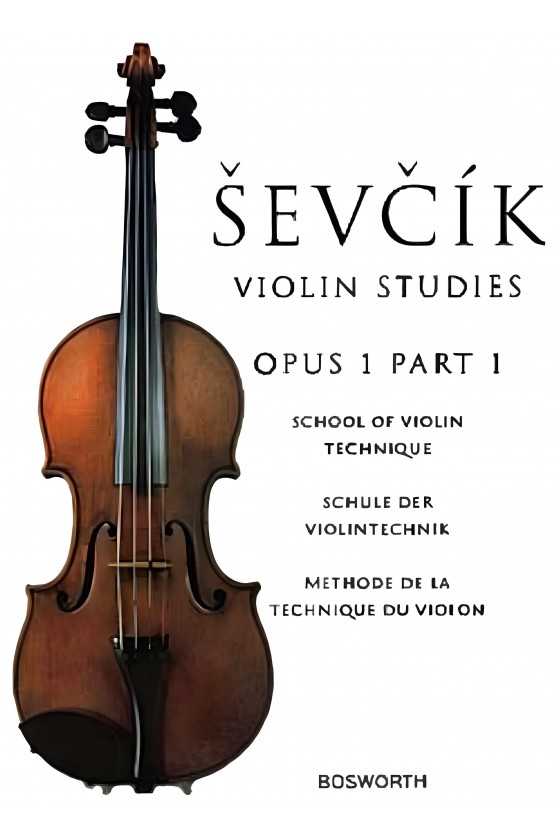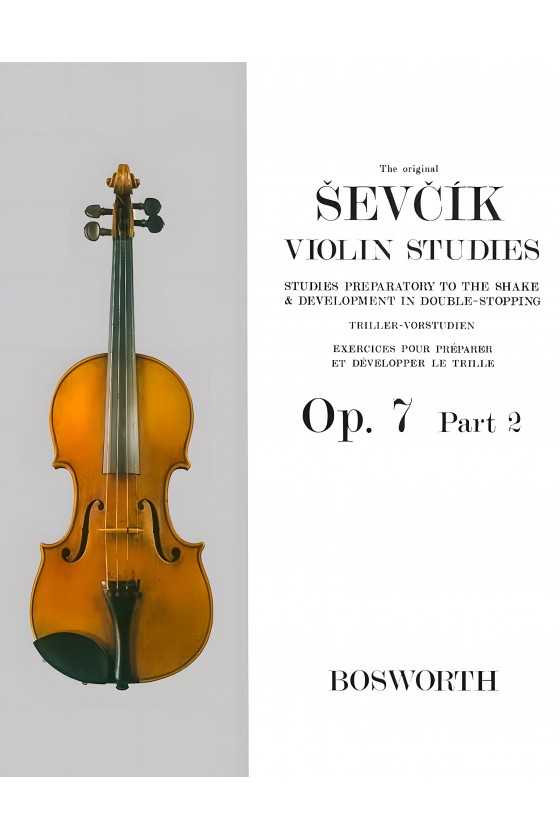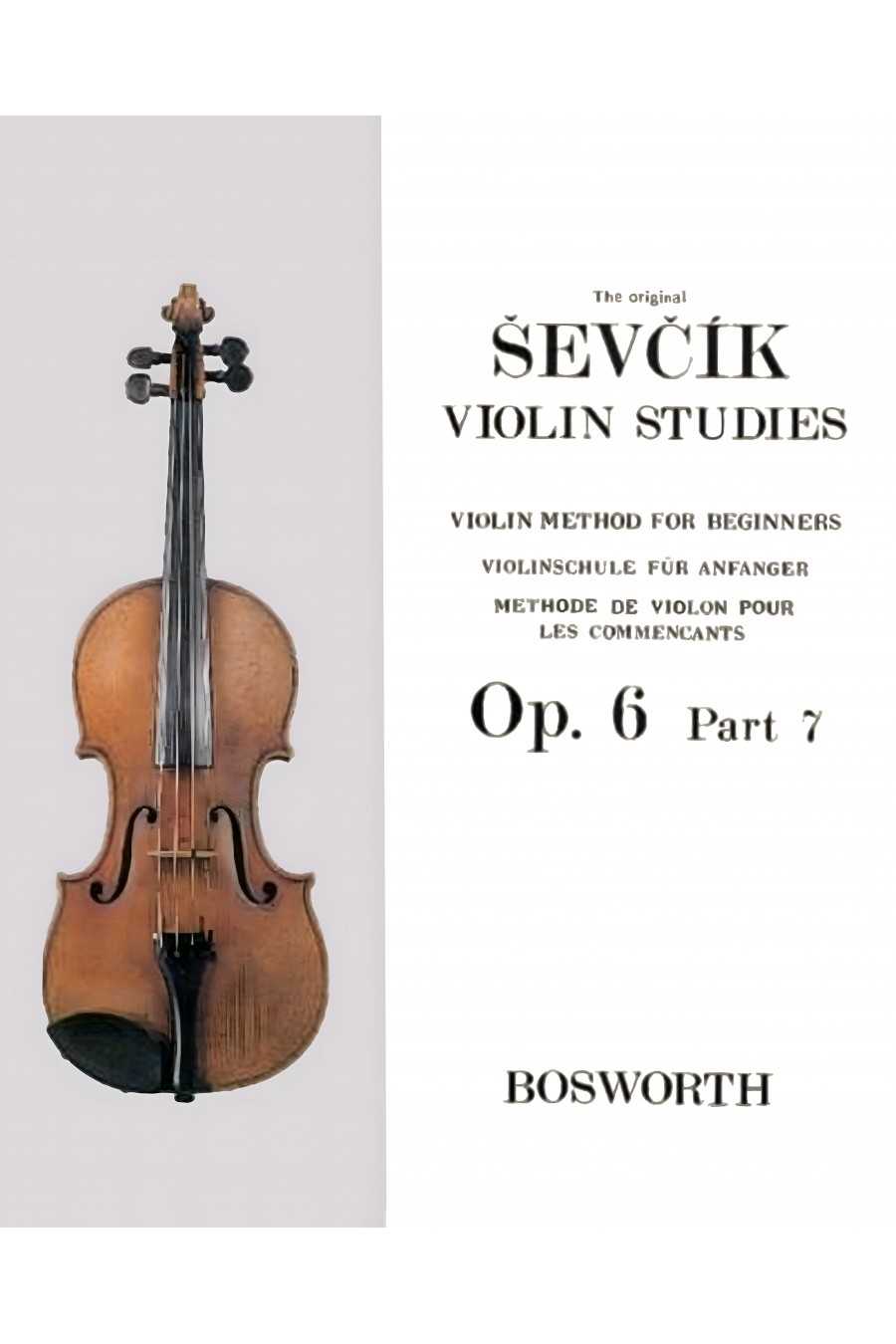
Sevcik, Scales And Arpeggios For Violin (Bosworth)
Otakar Sevcik was a famous violin teacher who developed "Scales and Arpeggios," a comprehensive set of exercises for beginner and advanced players. The book includes scales, arpeggios, chords, broken chords, triads, and double-stopping exercises spanning over two octaves. The Bosworth Edition has helpful commentary.



